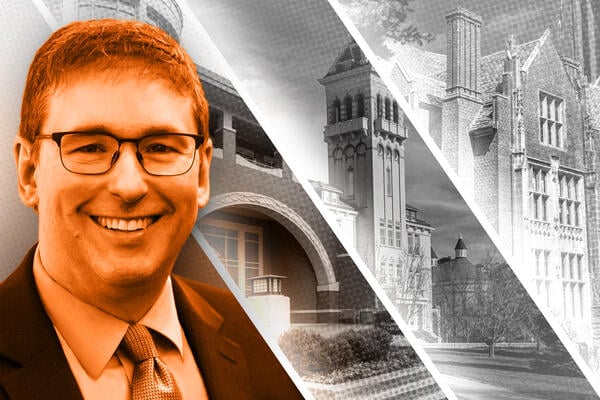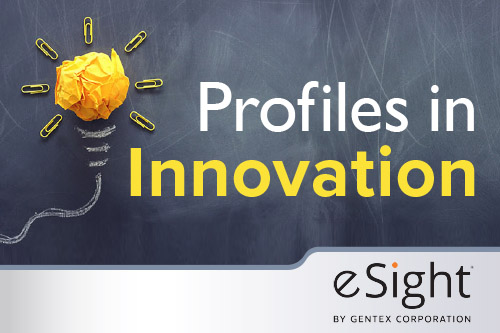A recent study examining credit evaluation across five public community colleges and universities found pronounced pain points for both learners and the campus personnel supporting them in evaluating their coursework and other college-level learning. In their own words, learners described the process with frustration, resignation, and, at times, outright indignation:
- A community college transfer student described the process of having their previous courses evaluated as a “six- to eight-month battle” that soured the joy of transfer admission and sent them on a wild goose hunt to track down prior course materials to prove their worth. “I had to fight with my department and contact all of my old professors from my community college and get syllabi and [approval] took so long … I had to send it back three times.”
- A learner transferring from a private university expressed the heightened anxiety they experienced in the process and the high stakes at hand: “I think maybe three of my courses transferred over two years. I submitted like over 20 petitions just to get my credits to transfer over … it’s been a little bit difficult and really stressful because my program specifically kicks you out if you don’t graduate in two years.”
- A student working full-time who sought a prior learning assessment, only to be met with silence and delays over the course of a year, spoke frankly: “My faith … dropped each semester and I got to the point of acceptance, like, ‘Oh, it’s OK. I’ll just take the classes again … It’s gonna be easy because I’ve already taken them before. I’ll be fine. I won’t have to study as much.’ But yeah, it’s just extra classes that I could have minimized.”
- A community college student who learned after being accepted and deciding to enroll that they would have to go back and take additional general education courses: “I was upset because when I got here, they were like, ‘You need more GE requirements.’ And I was like, ‘What did I do all that work for? Why did you accept me, if I needed more GE requirements?’”
These firsthand accounts demonstrate a painful truth: Learning evaluation decisions shape learners’ trajectories. A decision to not award credit can add time and money to a learner’s educational path and ultimately impact whether they decide to continue. Indeed, a national poll of adult Americans by Public Agenda for Beyond Transfer found that negative credit transfer experiences can erode trust in higher education and even dissuade adults from pursuing a college credential altogether.
Such data should be a clarion call to higher education. Too often, though, it is treated like background noise. This is why we came together nearly 18 months ago to launch the Learning Evaluation and Recognition for the Next Generation Commission (co-convened by Sova and the American Association of Collegiate Registrars and Admissions Officers), and why this week we issued our final report outlining a robust set of actions for institutional, state and system leaders to dramatically transform learning evaluation policy and practice.
Taking up the commission’s charge was a pointed call to action for each of us, who in our varied roles as campus administrators, registrars, former faculty, student success professionals, researchers, accreditor leaders and advocates have dedicated our careers to expanding postsecondary opportunity and attainment. From our own firsthand knowledge and collective experience, we readily understood some of the challenges beleaguering learning evaluation. As discussed in this column last fall, learning evaluation at most institutions—including institutions of all levels and sizes—is a highly manual and decentralized process riddled with inefficiency, inconsistency and a lack of transparency.
Yet, we were still struck by what we uncovered. Drawing on AACRAO’s broad research base, the LEARN Commission reviewed national transfer student outcomes data, institutional survey insights and findings from qualitative studies to assemble a full picture of the many challenges, untapped potential and missed opportunities that abound. The public can access the full set of green papers that guided our work on the commission’s webpage.
Based on the evidence, we reached an important conclusion: Learning evaluation is working exactly as it was designed—to control and limit credential-applicable credit because of the assumption that some learning is inherently of lesser quality.
Thus, any effort to change learning evaluation requires a collective willingness to confront the unspoken norms that regularly devalue certain types of learning, including what community college students and adult learners bring to the table. Focusing on structural change (i.e., changing policies and resource flows) alone without considering relational and transformational change (i.e., changes in human relationships, power dynamics and mental modes) will not shift the conditions that hold the status quo in place.
The LEARN Commission calls on institutions and systems to start with a shift in mindsets: All involved should seek to maximize credential applicability and embrace the assumption that a learner is prepared for additional education unless proven otherwise. We outline specific recommendations to make this significant shift, including:
- Base decisions to award and apply credit on learning outcomes alignment of at least 70 percent, without invoking additional criteria. Additional criteria do little to preserve academic quality and could introduce bias.
- When learning outcomes do not overlap by at least 70 percent, prioritize evidence of whether learners are prepared enough for subsequent coursework and provide appropriate support to promote student success, as needed.
- Collect and use student outcome data to continually refine evaluation processes, learning outcome goals, curricular pathways, classroom pedagogy and student support services.
- Once an institution decides to award and apply credit, that decision should set a precedent for all future learners (unless substantive curricular changes occur).
An additional set of 10 recommendations that accompany these addresses the elements of strong institutional policy design and resource allocations needed to make this shift in practice. The report outlines ways that institutions, systems and states are advancing these ideas in the real world to provide further guidance on where we can start.
And, while we recognize the significant power and decision-making authority that institutional, state and system leaders already hold, we also recognize that for institutions to accelerate this work at scale, we must activate other stakeholders across the full ecosystem—including policymakers, higher education associations and technical assistance providers, private philanthropy, and institutional accreditors. The report discusses three specific levers to do so:
- Enhancing student data and technology systems
- Investing in human capital
- Building supportive policy conditions
We invite all stakeholders to read the report and, in the months ahead, will ask how we can partner to support your efforts to make change.












